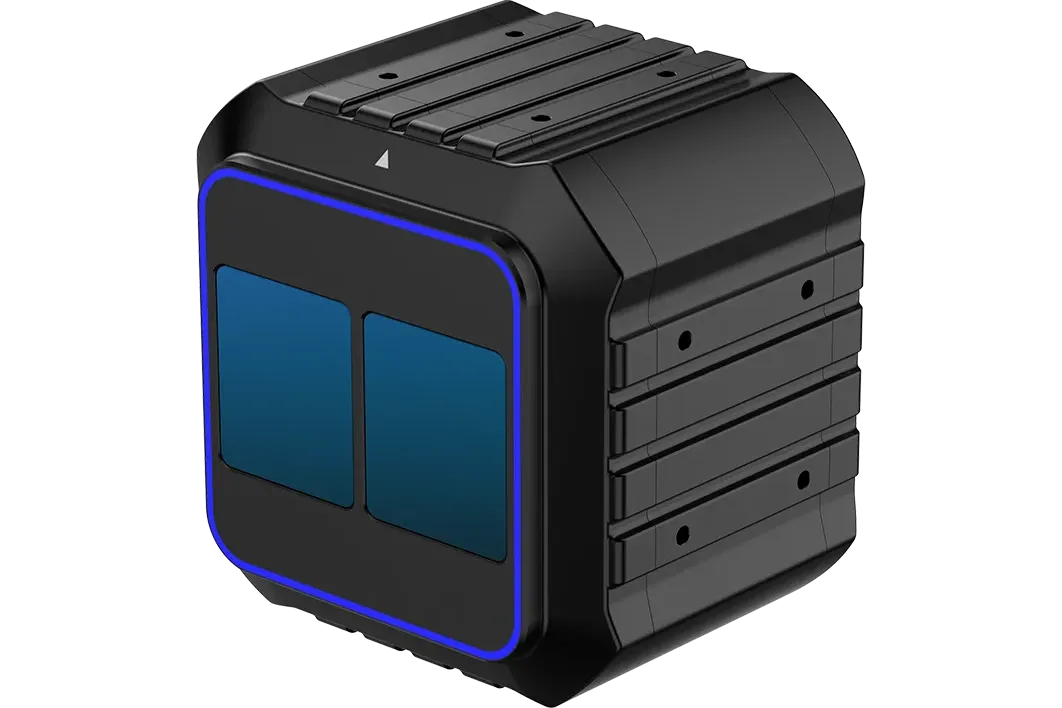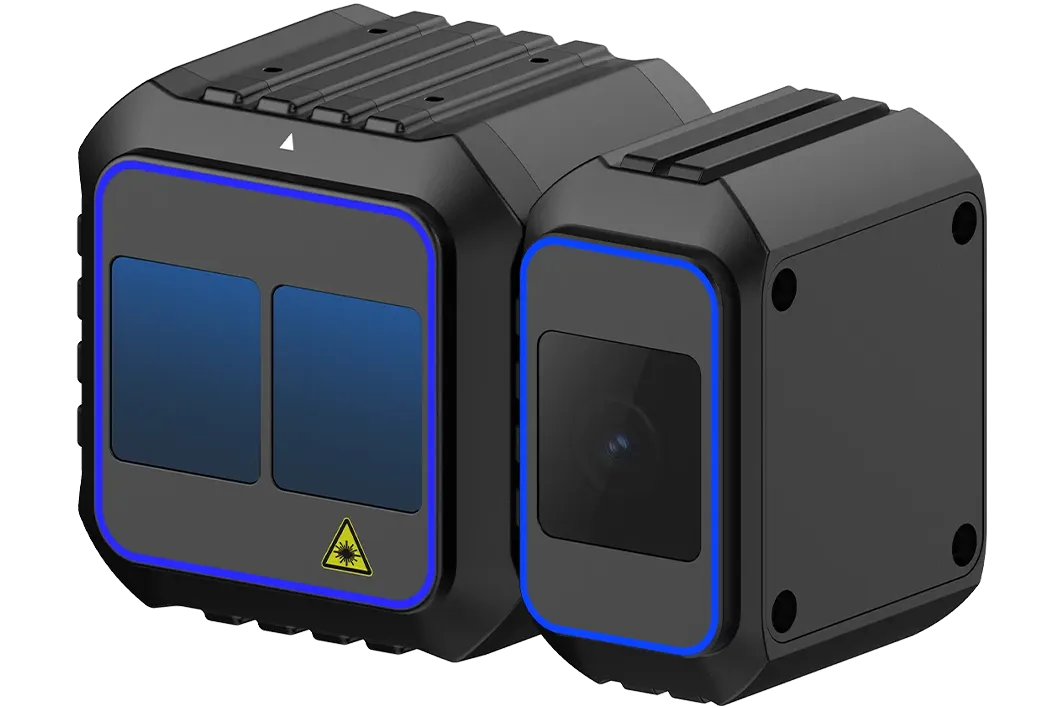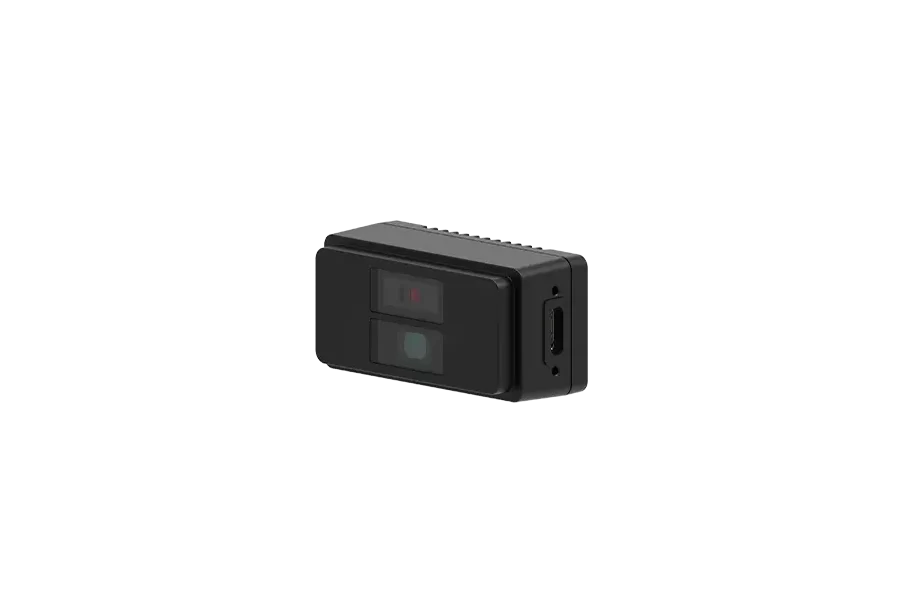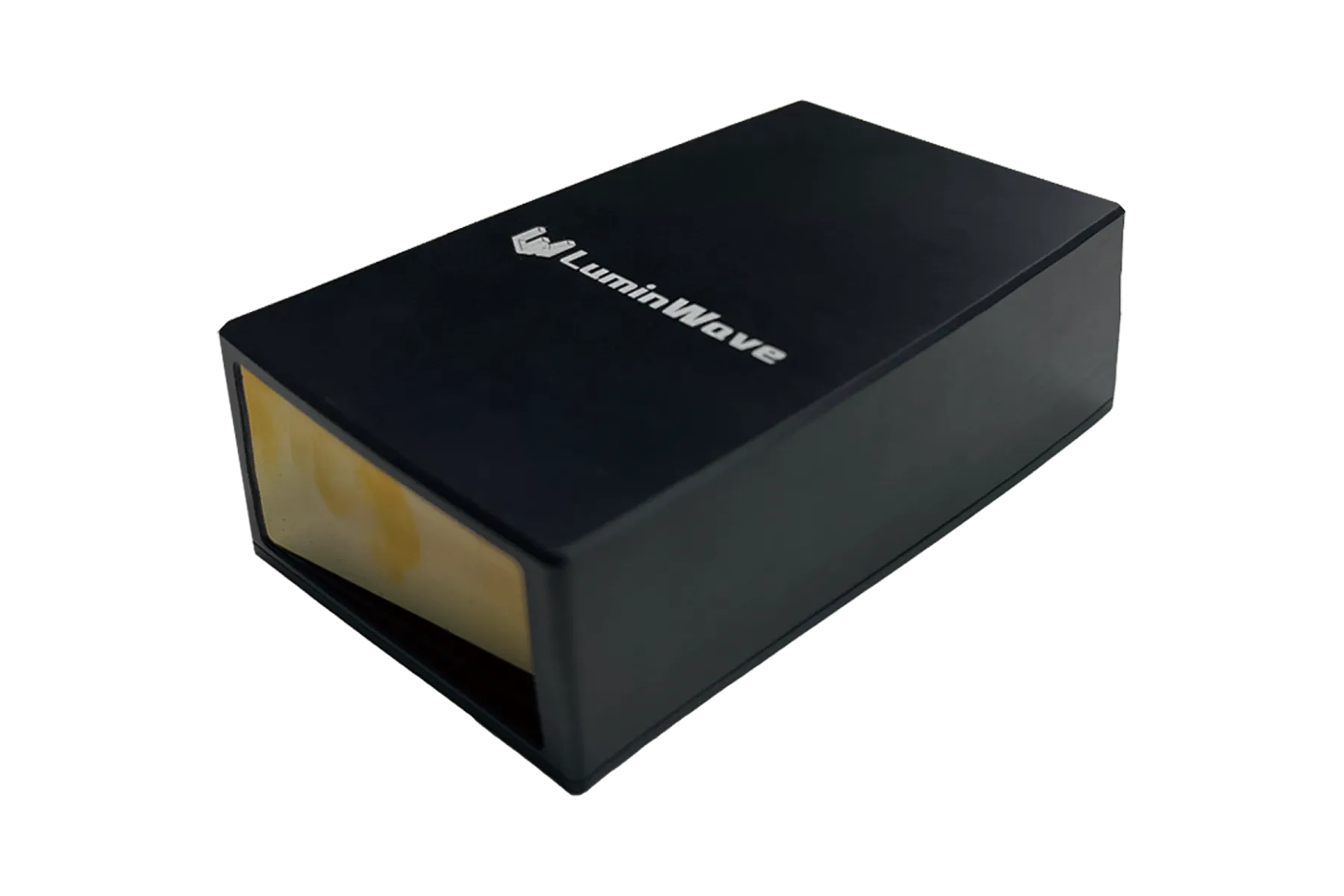Introduction
Frequency Modulated Continuous Wave (FMCW) technology is a radar and LiDAR modulation technique that utilizes continuous transmission of a frequency-modulated signal. FMCW LiDAR systems have gained popularity due to their ability to provide accurate distance and velocity measurements and immunity to ambient light including direct sunlight and crosstalk among many LiDAR sensors.
In FMCW LiDAR systems, coherent detection plays a crucial role in extracting precise distance and velocity information from the modulated signals. Coherent detection involves maintaining the phase relationship between the transmitted and received signals, allowing for more accurate analysis. This technique stands in contrast to direct detection, where only the intensity or amplitude of the received signal is considered.
In coherent detection, both the amplitude and phase information of the received signal are retained. The transmitted signal is mixed or interfered with the received signal, preserving the phase relationship between them. This coherent mixing allows for precise measurement of the frequency shift caused by the Doppler effect.
In a FMCW system, FMCW uses a continuous waveform that varies in frequency over time. The transmitted signal is continuously modulated with a linear frequency ramp. The difference in frequency between the transmitted and received signals creates a beat frequency. Coherent detection enables the measurement of this beat frequency with high accuracy. The phase information is crucial in determining the exact time delay and frequency difference, leading to accurate distance and velocity calculations. Coherent detection typically provides a higher signal-to-noise ratio compared to direct detection. The ability to maintain phase coherence enhances the system’s sensitivity to weak signals, making it more robust in challenging environments. Coherent detection allows for the extraction of Doppler velocity information directly from the received signal. The continuous modulation of the signal provides a continuous measurement of velocity, contributing to the system’s ability to track moving objects.
FMCW LiDAR,b by providing range and velocity 4D information, provides many advantages over traditional 3D LiDAR based on Time of Flight (ToF) technology:
Advantages Compared with ToF Technology:
1. Immunity to Ambient Light and Crosstalk:
- FMCW LiDAR is less affected by ambient light and is capable of performing well in challenging lighting conditions.
- ToF systems may struggle in bright sunlight or other intense light environments.
2. Simultaneous Distance and Velocity Measurement:
- FMCW LiDAR inherently provides simultaneous distance and velocity information for objects.
- ToF LiDAR may require additional processing steps to extract velocity data.
3. Long Range Sensing:
- FMCW LiDAR typically offers longer-range sensing capabilities compared to ToF LiDAR.
- The continuous waveform allows for more accurate measurements over extended distances.
4. Improved Resolution:
- FMCW LiDAR provides better resolution in terms of distance and velocity measurements.
- The continuous modulation allows for finer details in the captured data.
5. Object Recognition and Tracking:
- FMCW LiDAR is effective in object recognition and tracking due to its ability to capture both distance and velocity information.
- This is crucial in autonomous vehicles, robotics, and other applications where understanding object movement is essential.
In summary, FMCW LiDAR technology offers advantages in terms of range, resolution, and performance in challenging environments, making it a preferred choice for applications demanding high precision and reliability.






